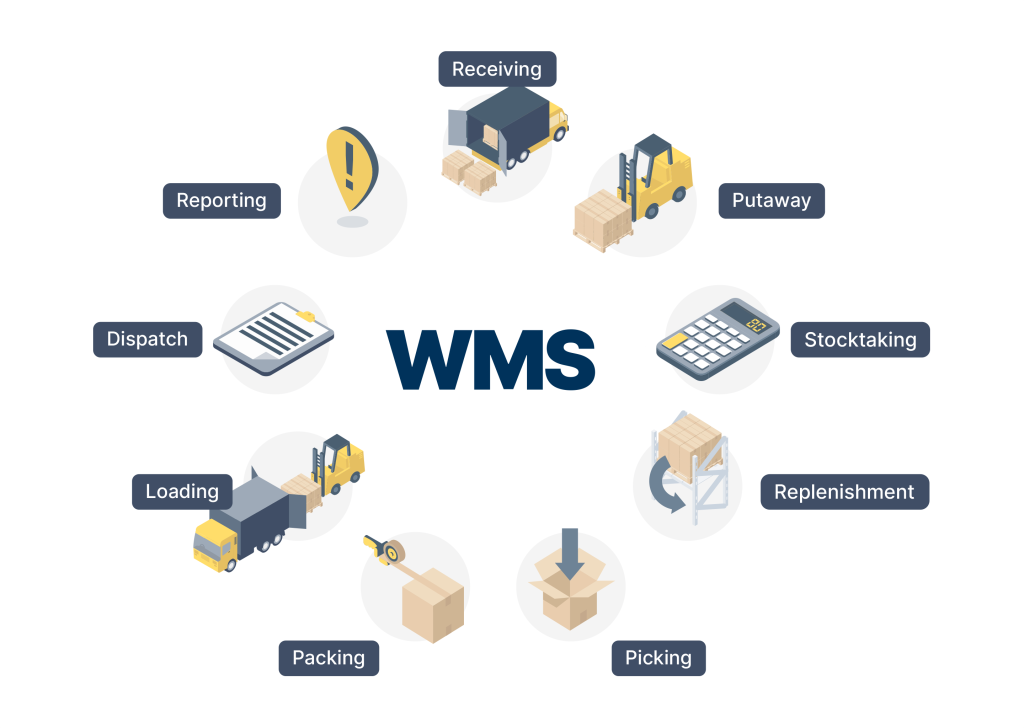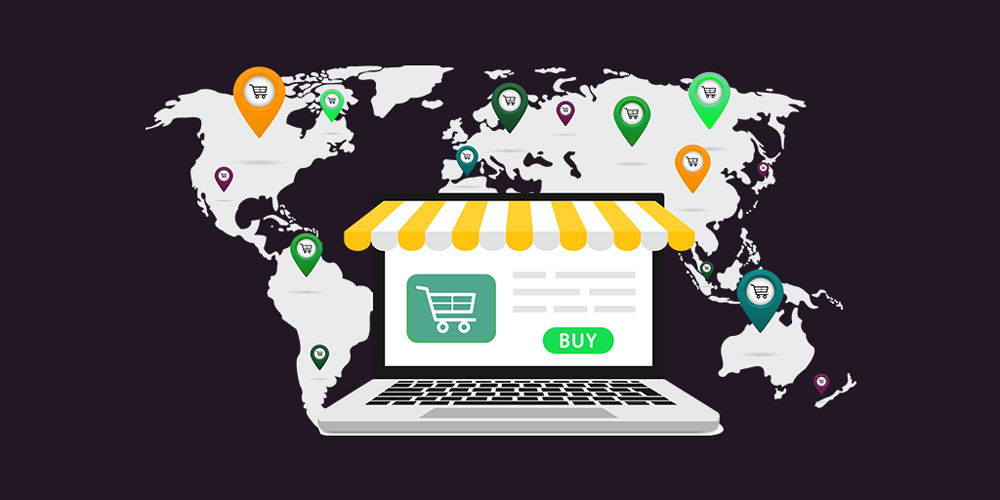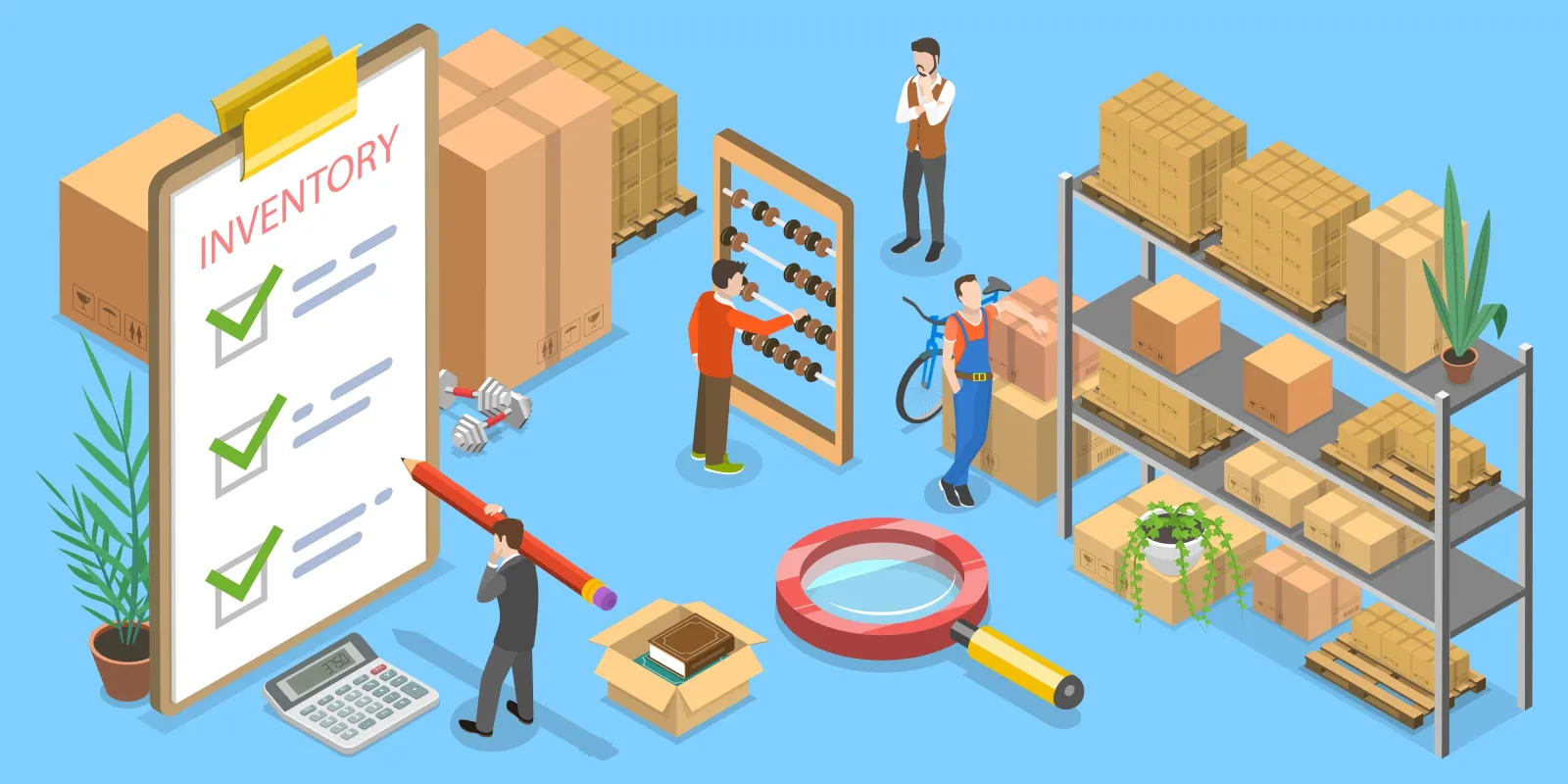Mejores prácticas y errores comunes en la implantación de TMS
En logística global, Implantación de TMS es ahora esencial para Proveedores 3PL y cargadores de empresa. Una buena ejecución Sistema de gestión del transporte mejora la visibilidad, reduce los costes y agiliza las operaciones.
En PostalParcelHemos visto tanto éxitos como fracasos. Esta guía comparte las prácticas clave y los escollos más comunes a la hora de implantar un TMS de forma eficaz.

Por qué es importante implantar un TMS
Un TMS correctamente implantado permite:
- Visibilidad en tiempo real de los envíos
- Enrutamiento optimizado y consolidación de la carga
- Selección automatizada de transportistas y búsqueda de tarifas
- Mejora de la auditoría de la carga y de la precisión de la facturación
- Integración con ERP, SGAy sistemas de clientes

Pero estos beneficios no se producen por defecto, sino que requieren una planificación cuidadosa, alineación y optimización posterior al lanzamiento.
Buenas prácticas para implantar con éxito un TMS
1. Establecer objetivos y parámetros claros
Antes de poner en marcha cualquier sistema, defina en qué consiste el éxito. ¿Quiere reducir los costes de envío en 10%? ¿Mejorar la visibilidad de las entregas? ¿Reducir los tiempos de ciclo entre pedido y envío?
Contar con KPI mensurables mantiene el proyecto centrado y proporciona puntos de referencia para seguir los progresos.
2. Implicar desde el principio a los principales interesados
Un error común es tratar el TMS como un proyecto exclusivo de TI. Las operaciones, el servicio de atención al cliente, los equipos de almacén e incluso los clientes deben formar parte del proceso de planificación. La aceptación temprana reduce la resistencia posterior.
3. Elija un TMS escalable y flexible
No todas las soluciones TMS son iguales. Elija una plataforma compatible:
- Arquitectura multicliente (para 3PL)
- Conectividad API para la integración
- Cumplimiento internacional y envíos multimodales
- Escalabilidad basada en la nube
4. Mapear y normalizar los procesos existentes
Antes de configurar el nuevo sistema, documente exhaustivamente los flujos de trabajo actuales. Elimine primero las ineficiencias: digitalizar procesos rotos solo crea caos digital.
5. Plan de implantación gradual
Comience con un grupo piloto en lugar de lanzarlo en todos los centros o clientes a la vez. Esto ayuda a identificar carencias y ajustar configuraciones antes de la implantación a gran escala.
6. Formar a usuarios de todos los niveles
El éxito del TMS depende de la adopción por parte de los usuarios. Ofrezca formación en función de las funciones: lo que necesitan saber los expedidores difiere de lo que necesitan los equipos de finanzas o almacén. Utilice demostraciones, manuales y asistencia en directo.
7. Supervisar y optimizar después de la puesta en marcha
El TMS no es una herramienta que se instala y se olvida. Una vez implantado, hay que hacer un seguimiento del rendimiento con respecto a los indicadores clave de rendimiento, recabar opiniones y perfeccionar los ajustes. La mejora continua impulsa ROI.
Errores comunes que hay que evitar
❌ 1. Subestimación del tiempo de ejecución
La implantación de TMS puede llevar semanas o meses, dependiendo de su escala. Las prisas hacen que se pierdan configuraciones y que la integración sea deficiente.
❌ 2. Calidad deficiente de los datos
Los datos maestros incorrectos (por ejemplo, direcciones, SKU, tarifas) provocan retrasos en los envíos, errores de facturación e informes inexactos. Limpie los datos antes de ponerlos en marcha.
❌ 3. Ignorar la complejidad de la integración
El TMS debe conectarse con su sistema de gestión de almacenes (WMS), ERP y, posiblemente, plataformas de clientes. Pasar por alto las especificaciones API o el middleware puede romper los flujos de trabajo.

❌ 4. Falta de apoyo del Ejecutivo
Si la dirección trata el TMS como un proyecto secundario, los equipos internos no le darán prioridad. El respaldo del nivel C garantiza visibilidad, financiación y responsabilidad.
❌ 5. Configuración de talla única
Cada cliente 3PL o unidad de negocio puede tener diferentes reglas de enrutamiento, necesidades de documentación o preferencias de transportista. Forzar una configuración uniforme provoca insatisfacción.
❌ 6. Gestión del cambio insuficiente
Incluso el mejor sistema fracasará si la gente no lo utiliza. Comunique el "por qué", responda a las preocupaciones y proporcione apoyo continuo más allá de la semana de puesta en marcha.
Consejo real de PostalParcel
En PostalParcelNuestras implantaciones de TMS comienzan con talleres específicos para cada cliente. Diseñamos conjuntamente los flujos de trabajo con las partes interesadas, definimos los niveles de servicio y creamos flexibilidad para futuras ampliaciones. Esta mentalidad centrada en el cliente convierte la tecnología en una ventaja competitiva.
Reflexiones finales
La implantación de un TMS es una de las inversiones de mayor impacto que puede hacer un proveedor logístico, pero también una de las más complejas. El sistema adecuado, implantado de la forma correcta, se convierte en la base para:
- Operaciones más fluidas
- Clientes más felices
- Menores gastos de envío
- Cadena de suministro preparada para el futuro
Evite los atajos. Planifique con precisión. Forme con esmero. Y optimice continuamente.
Con un enfoque probado y el socio adecuado, su viaje TMS puede transformar su forma de mover la carga y hacer crecer su negocio.
Perspectivas del sector
noticias vía inbox
Nulla turp dis cursus. Integer liberos euismod pretium faucibua







